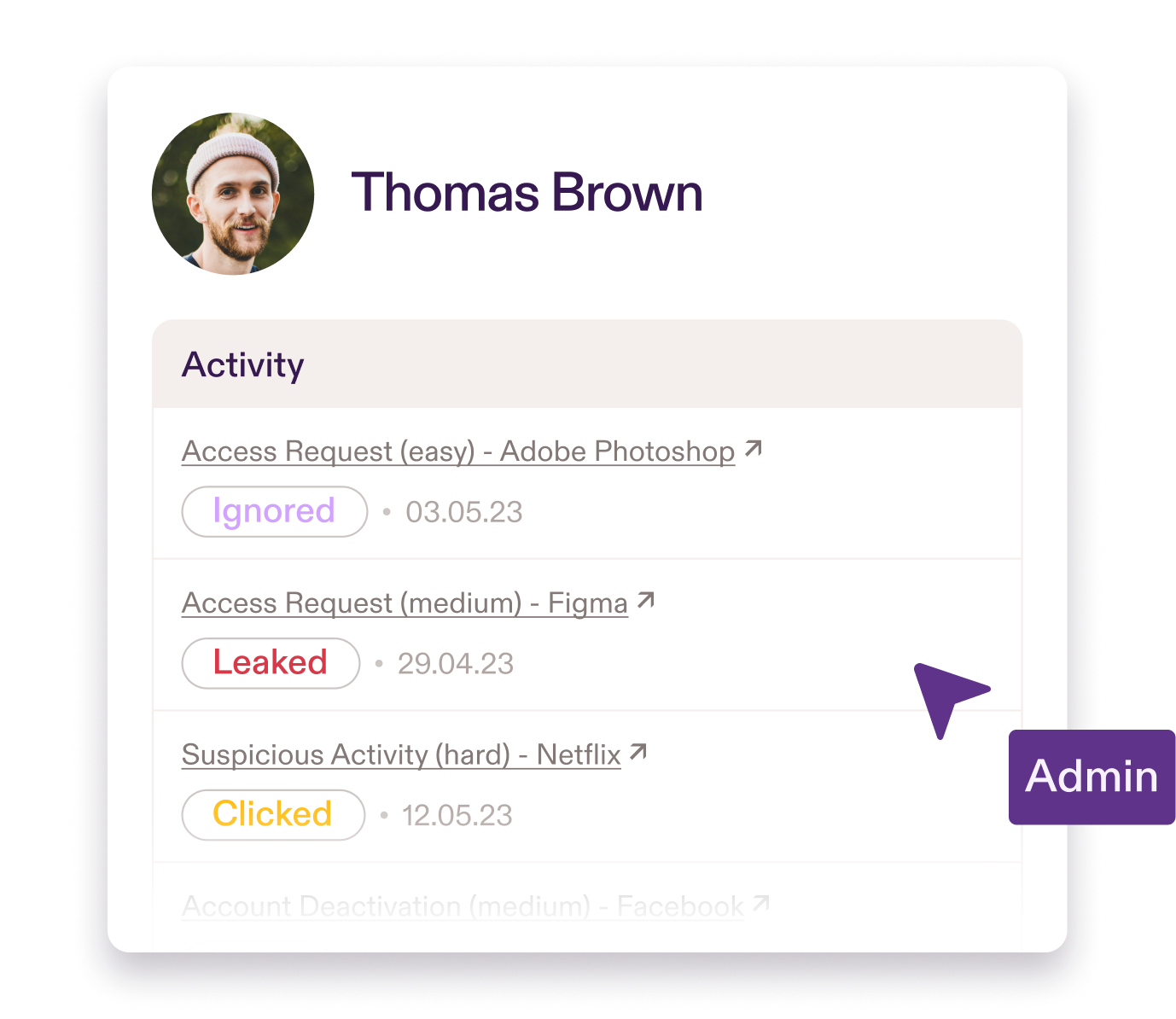Spoofing is a frequently used cyber attack in which malicious actors fake their identity, leading victims to believe that the communication came from a known or trusted source. One of the most common spoofing techniques used today is phishing, where the attacker hopes the recipient will engage with the message as if it's legitimate and provide sensitive information, transfer funds, or unknowingly install malware. If you fall victim to spoofing attacks, you could be putting yourself or your organization at risk of a major security breach.
The Many Faces of Spoofing
Spoofing takes on various forms, each targeting different aspects, including:
Email Spoofing involves forging the sender's identity or creating fake email addresses to appear as if the email originated from a trusted source. For instance, scammers may send fraudulent emails claiming to be from a bank and requesting account details.
Caller ID Spoofing enables attackers to manipulate the phone number displayed on caller identification systems, concealing their true identity. This method can also be employed in “SMS Spoofing”. Scammers often use this technique to seem like they're calling from a reputable organization or government agency.
IP Spoofing revolves around falsifying or faking the source IP address of a network packet, either to hide the sender's identity or bypass security measures. For example, attackers may mask their IP address to launch a distributed denial of service (DDoS) attack.
Website Spoofing, also called URL spoofing, occurs when scammers design a website to resemble a legitimate one, creating fake websites that mimic the appearance and functionality of genuine websites to deceive users into disclosing sensitive information. Phishing websites imitating popular online banking platforms represent a common instance.
Identifying Spoofing
Recognizing and validating spoofing attempts is crucial for effective cybersecurity. Some tips to identify potential spoofing include:
Verify Identities: Look for inconsistencies in email addresses, phone numbers, and website URLs. Avoid clicking on links and attachments in suspicious communications. Additionally, carefully examine email headers for any suspicious or inconsistent information.
Authenticate Sources: Avoid disclosing personal or private information online unless you're certain it originated from a trusted source. Always confirm that the email domain matches the correct domain and check the authenticity of senders or callers.
Proceed with Caution: Scammers frequently use social engineering tactics to induce a sense of urgency or present something that seems too good to be true. Treat any unsolicited communication carefully.
Security Culture: In today's digital world, we rely heavily on electronic communication. Therefore, it is crucial to take ownership of cybersecurity responsibilities and prioritize security in our daily activities. To protect ourselves from the constantly evolving threat of cyber attacks, regular training and reminders are essential.
Report Incidents: If you suspect any kind of cyber-attack attempt, such as spoofing, it is important to report it to your organization's IT or security team. By reporting phishing attempts, you can help reduce the number of scams and strengthen the collective response to cyber threats. This will ultimately help protect others from becoming victims of cybercrime.
Cybercriminals are always evolving and developing new techniques to breach security systems and obtain sensitive information. To safeguard against the constantly changing threats of cybercrime, such as spoofing, you and your organization must prioritize cybersecurity and gain a comprehensive understanding of the tactics employed by malicious actors.

